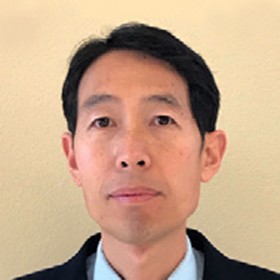Abstract: Salt modeling challenges and strategies in Mississippi Canyon, Gulf of Mexico
Editor’s Note: As a preview to our March 2018 RECORDER featuring the focus topic: Salt & Subsalt Imaging in the Gulf of Mexico, we present the following abstract for one of the featured articles.
In Mississippi Canyon a unique characteristic of salt geometries are their stacking hourglass shapes (Figure 1) – autochthonous Louann salt forms the lower part, allochthonous Mesozoic salt forms the middle part, and Cenozoic salt canopy forms the shallow part. Due to this unique characteristic and the numerous overhangs common in the Cenozoic salt canopy, a piecewise salt modeling workflow with 4 salt bodies is typically followed for defining the salt bodies in this area. Salt body 1 and salt body 2 define the shallow Cenozoic salt canopy which commonly contains multiple overhangs. Salt body 3 defines the allochthonous Mesozoic salt and salt body 4 defines the autochthonous Louann Salt. In complex areas where the conventional salt modeling workflow is not sufficient to accurately capture the required details we add a local scenario workflow to the salt modeling workflow to properly define these complex details.

To view this full article, CSEG Members may access the March 2018 RECORDER issue here. If you are not a member this article will be released for public access in Fall 2018.








